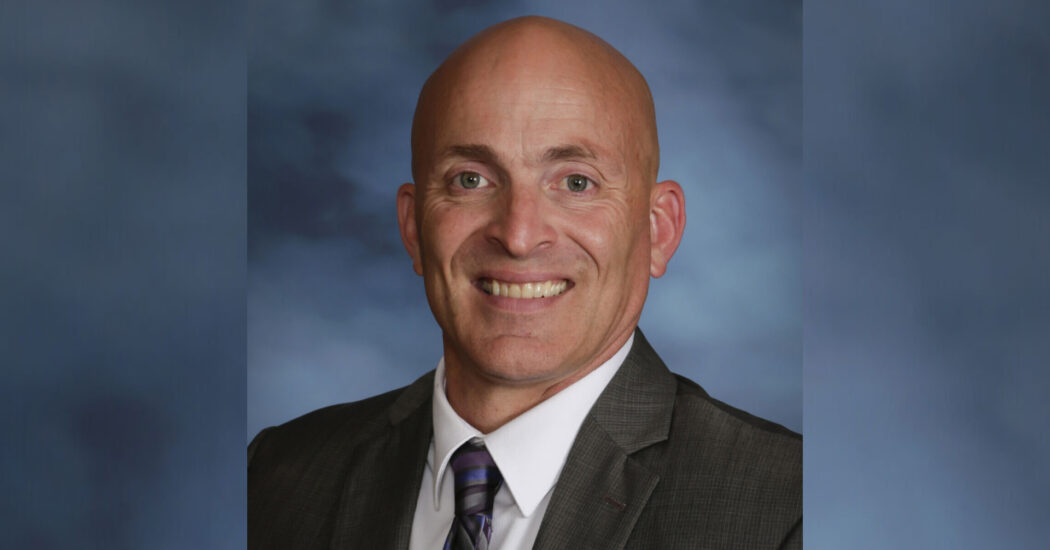Survey: Indiana K-12 Schools’ COVID-19 Response
-
Category
Studio-K12, Innovation -
Posted By
Schmidt Associates -
Posted On
Jul 17, 2020
How Indiana school districts are beginning to move forward during a global pandemic
In mid-May, we surveyed K-12 school corporations across Indiana. We wanted to understand what they’d seen so far as a result of COVID-19 and their plans for the future. Based on our findings, we offered insights and potential solutions for some of their facility challenges during a moderated discussion in mid-June. Below are a few highlights from our research and conversations.
Facility changes will likely need to be made to improve health and hygiene, but it will take time to determine what works and what doesn’t.
When asked what building modifications they planned to make as a result of COVID-19, most respondents weren’t clear on what they would implement at the time of the survey.
Of the list of building modifications we provided, there was a clear winner (hand washing stations) and a clear loser (touchless entry), however, most other options received a relatively even spread of support.
Choose the items you plan on modifying or implementing at your corporation
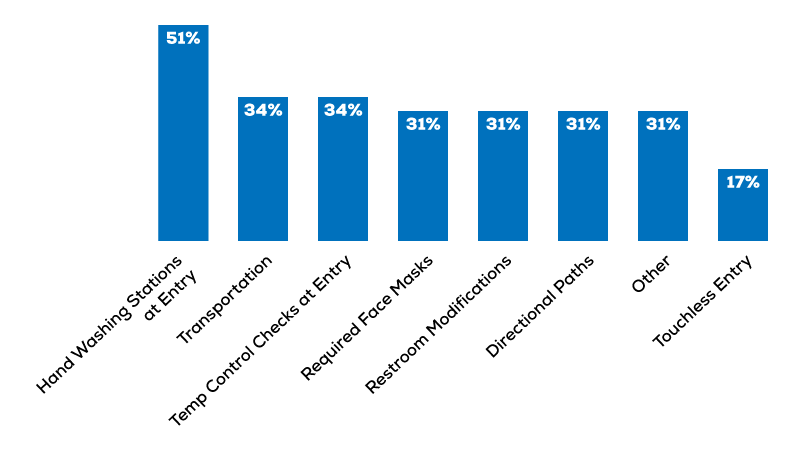
Survey data collected between May 7 and 20, 2020.
Just over half of respondents were interested in adding hand washing stations at entrances or throughout their buildings. Our team has already completed plans for one of our K-12 clients who wanted to add such stations at several schools in the corporation. These stations are positioned in various locations throughout the schools, although most are in or near cafeteria spaces. Each includes touchless faucets and paper towel dispensers.
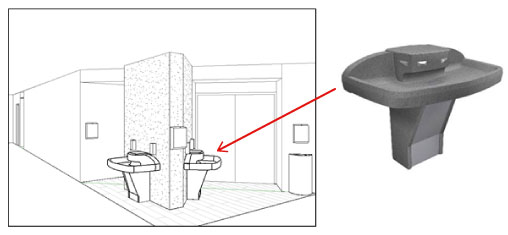
The second-most-chosen option was transportation modifications. A few physical solutions can help schools make changes to their transportation procedures and scheduling more effective:
- Decals on sidewalks or gym floors can help maintain social distancing during pick-up and drop-off times. Non-adhesive products are available that stay in place and can be removed without damaging surfaces.
- Limiting seating on school buses can prevent close student contact. Decals or signage can help remind kids where they can and cannot sit.
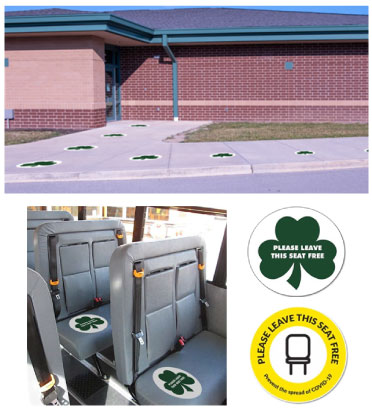
Images provided by Hamilton Exhibits
E-learning will continue to be a critical component of education. Schools need the facilities and technology to create effective digital content.
At the time of our survey, schools were unsure how much they would be relying on e-learning versus in-person instruction in the future. Most felt that they currently had the facilities and tools to create the necessary content for their digital platforms.
Do you have the facilities you need for teachers to produce e-learning content?

Even so, we’ve encouraged our clients to carefully evaluate how they are developing this content, what could make the process more efficient, and what the e-learning experience looks like for students. If remote instruction will be a permanent fixture in education at any level, the ability to create high quality content will be important.
A few questions to consider:
- Do you have cameras and mics available for teachers to check out?
- Do you have a studio and/or green screen set up for teachers to utilize when filming?
- What video and multimedia editing software is available to teachers, and do they all know how to use it?
- Do teachers have a quiet place with the tools they need to put together the final product? This could include editing bays/focus rooms and computers with the proper programs.
- Do you have the necessary network bandwidth to accommodate technological needs for e-learning?
- Are any of your classrooms or other spaces equipped with cameras and audio capabilities for remote instruction?
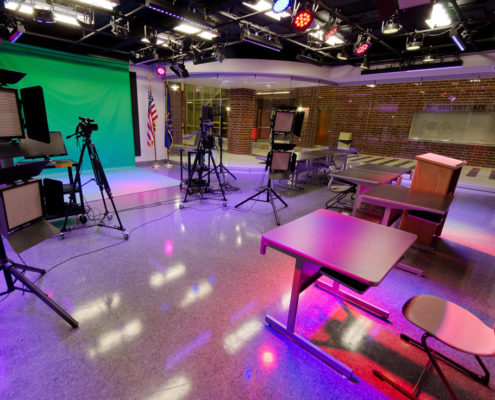
Garrett High School
Schools are planning for the worst: a case (or cases) of COVID-19 on site. They need an appropriate place to quarantine symptomatic students.
All schools are concerned about potential cases of COVID-19 in their facilities. In the event a student comes to school with a fever or other symptoms, schools need somewhere to safely separate the student from the rest of the building’s occupants until he or she can be picked up.
This would require creating an isolation room separate from the normal nurse’s office or school clinic. Temporary isolation rooms can be created inside the building. Aspects to consider include:
- Maintaining a welcoming atmosphere to keep the student calm
- Ensuring any furniture in the room is made from non-porous, easily cleanable materials
- Allowing for separation of multiple symptomatic students who are being isolated
- Creating negative pressure to prevent spread of the virus outside the room
- Installing HEPA filters on air handling units that serve the area
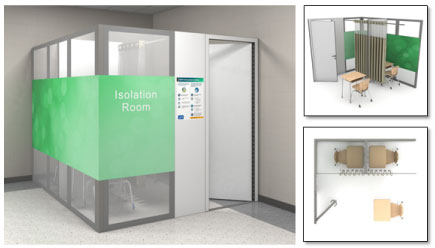
Images provided by Hamilton Exhibits
About the Survey
Our survey was conducted May 7-20, 2020. Respondents included individuals from 22 school corporations across Indiana. Below is a breakdown of respondent roles and school corporation sizes.
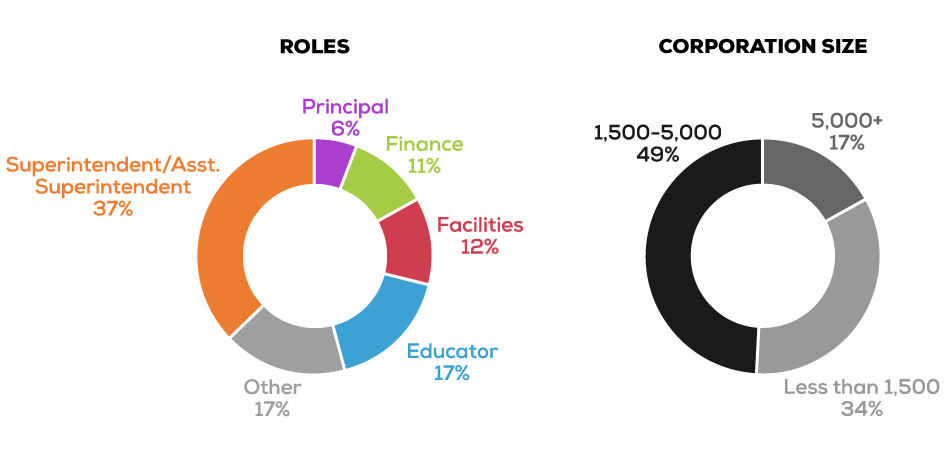
If you have questions about our survey or your specific facility needs, contact one of our K-12 education design experts.






